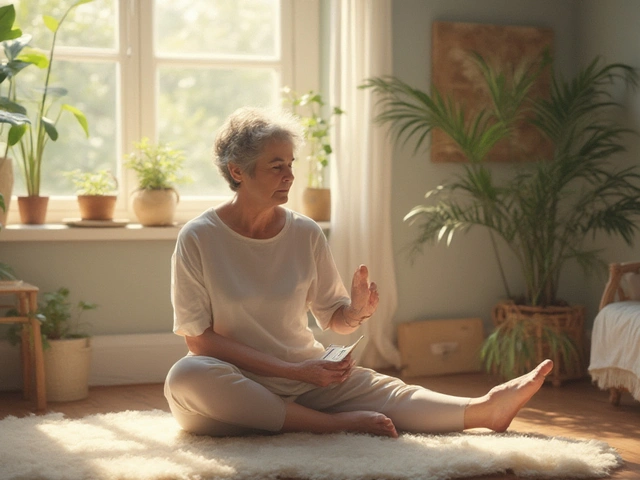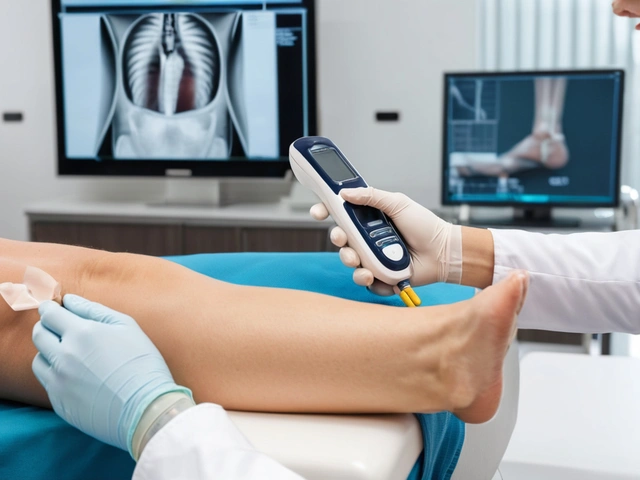Manual therapy: hands-on treatments that actually help
Manual therapy covers any hands-on method that eases pain, frees up tight joints, and helps you move better. That can mean deep pressure on a stubborn knot, gentle mobilizations to a stiff shoulder, or guided movements that rewire how your body moves. If you want clear, practical ways to feel better fast, manual therapy is where to start.
What manual therapy includes—and what works
There are lots of styles, but they share one idea: touch plus skilled movement. Trigger point and myofascial work target tight spots. Ortho-Bionomy and gentle joint mobilizations reset how joints and muscles interact. Hellerwork and structural integration focus on posture and long-term alignment. Feldenkrais trains movement awareness so you stop hurting yourself with bad habits. Add acupressure, cupping, and stone therapy for extra relief or relaxation—each has clear goals and simple techniques you can try or ask your therapist about.
Which one works best? It depends on your issue. Short-term pain often responds fast to trigger point work or targeted massage. Postural or chronic problems usually need repeated sessions plus movement retraining like Feldenkrais or Hellerwork. For end-of-life comfort or severe illness, palliative massage focuses on easing symptoms and improving mood, not fixing anything.
Quick tips you can use today
1) Find a practitioner who listens. Tell them what hurts, what makes it worse, and what you want to do—walk without pain, sleep better, lift your kid. A good therapist will test movement, explain a plan, and show simple home exercises.
2) Start small at home. Gentle movement awareness—slow head rolls, shoulder circles, diaphragmatic breathing—can undo tension between sessions. For muscle knots, try short self-massage or a tennis ball against a wall for 30–90 seconds at a time.
3) Be consistent. One great session can help, but lasting change usually needs a few visits plus daily mini-practices that reinforce new movement patterns.
4) Watch for red flags. If your pain gets sharply worse, you have new numbness, fever, or sudden weakness, stop and see a doctor. Manual therapy is safe, but it’s not the answer for every urgent problem.
Want to explore styles? Start with easy reads or local workshops on trigger point work, Feldenkrais, or Ortho-Bionomy. Try one session of Amma or Lomi Lomi if you want a mix of deep release and relaxation. Use honest reviews and ask therapists about training and experience.
Manual therapy is practical: it reduces pain, improves movement, and gives tools you can use daily. Pick one approach, give it a few weeks, and track small wins—better sleep, less stiffness, easier stairs. That’s real progress.

Rolfing for Scoliosis: Real Relief for Stubborn Back Pain
This article dives into how Rolfing can help people living with scoliosis by improving posture, reducing pain, and making daily life more comfortable. You'll discover what Rolfing actually is, how it works, and whether it's safe. Get practical tips for finding a qualified Rolfer, learn about what sessions feel like, and see real results reported by those who've tried it. It's packed with down-to-earth advice for anyone tired of letting scoliosis rule their lives.
Categories
- Health and Wellness (148)
- Alternative Therapies (86)
- Massage Therapy (40)
- Travel and Culture (15)
- Beauty and Skincare (9)
- Holistic Health (8)
- Health and Fitness (5)
- Spirituality (5)
- Other (2)
- Personal Development (2)



